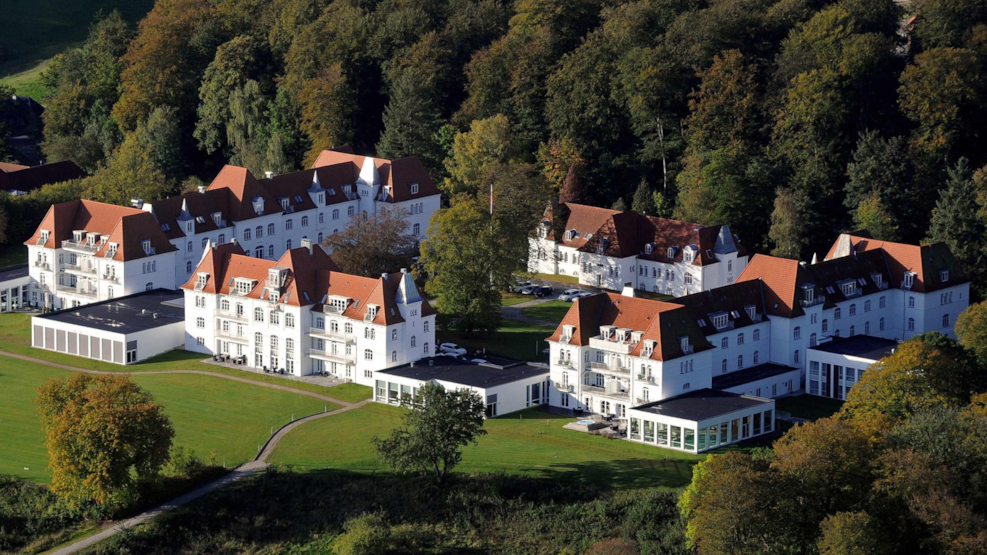
The Keller institutions
Experience Northern Europe's largest institution for the mentally disabled, beautifully located by Vejle Fjord and surrounded by forest nature.
The History the Keller Institution
The institution was built from 1899 to 1901 and essentially consists of a work home for mentally and physically able men and women, a school home for mentally disabled children, an asylum yard for those with significant support needs, and a series of economic buildings including farms, workshops, etc. The institution also included a church, a water tower, and two island institutions on Livø and Sprogø.
The institution was built by Christian Keller (1858-1934), who wanted to create a place where the mentally disabled could have light, air, and live as normal a life as possible. Each section had views of the fjord, parks, and forests. At the same time, the institution was also an isolation institution, as in the 1920s and 1930s, there was a fear that the genes of the mentally disabled would destroy the Danish race.
The History of the Institution in Modern Times
After World War II, perceptions of the mentally disabled gradually changed, and they were now called the mentally retarded, and later, the developmentally disabled. In 1968, the institution, now called the Keller Institutions, opened a new section south of the asylum where the most self-reliant individuals became part of a series of smaller communal living units. In 1990, the institution closed, and the developmentally disabled were moved to apartments and smaller units in the area. The old institution buildings were partially used as a refugee center from 1990 to 2002. Later, a continuation school (the Women's Home), apartments (the Men's Home and the School Home), and a hotel (the Asylum Yard) were established in the old institution buildings from around 1900.
Today, about 250 people with developmental disabilities still live in the area.
Walking Tour Around the Keller Institutions
The area around the buildings is incredibly beautiful and a lovely place for a walk. Download the walking guide for the institution on the Kellers Minde museum website, where it is also possible to read more about the history:
- Follow this link and find the walking route on kellersminde.dk Vandreturen (kellersminde.dk)
- Follow this link and read more about the Kellers Minde museum. Hjem (kellersminde.dk)